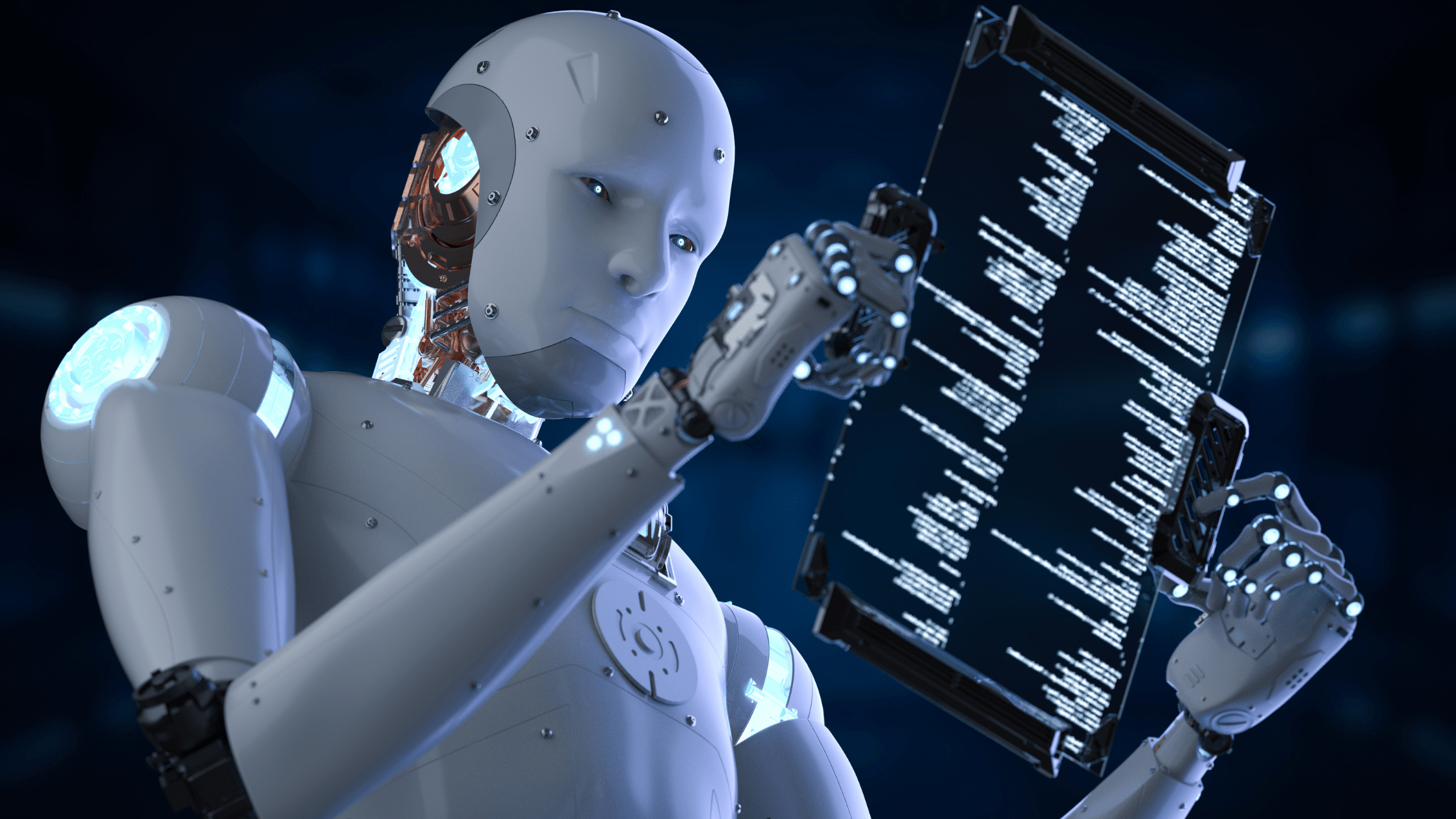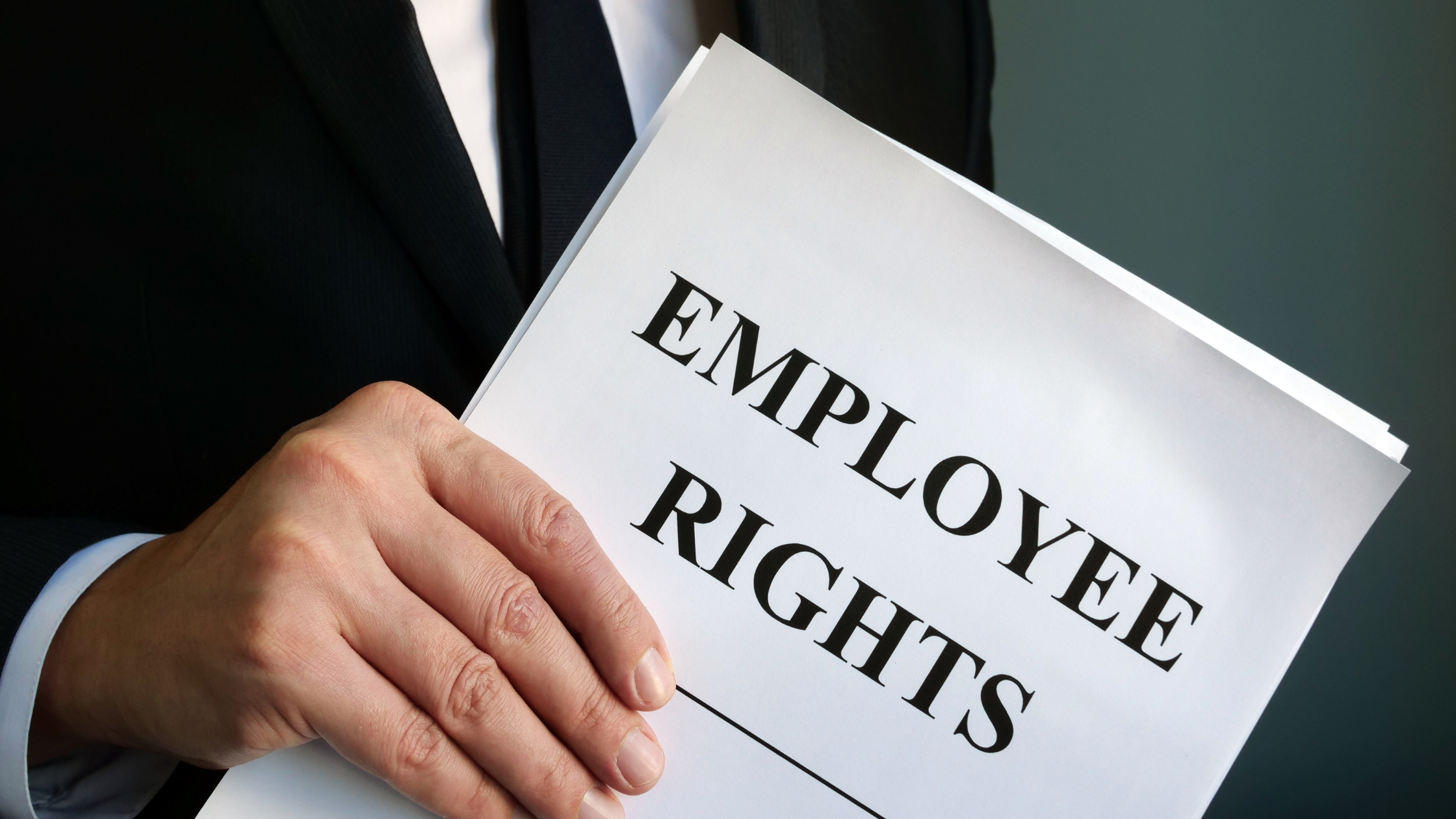In today’s diverse and rapidly evolving job market, building a multigenerational workforce has become an essential component of successful business management. With employees ranging from the Silent Generation to Generation Z, organisations are presented with a unique opportunity to harness the collective strengths of various age groups. A successful multigenerational workforce can lead to increased productivity, innovation, and collaboration within the workplace, as well as elevate employee retention rates.
The key to building a strong and effective multigenerational workforce lies in understanding the nuances of each cohort, from their working styles and communication preferences to their values and motivations. Adapting leadership and management approaches to account for these differences is critical in fostering a cohesive and inclusive work environment. Harvard Business Review suggests challenging harmful stereotypes and embracing diversity amongst employees.
It’s crucial for organisations to create comprehensive strategies that facilitate mutual understanding and learning between generations. By providing ample opportunities for knowledge sharing and professional growth, businesses can cultivate an atmosphere where varied perspectives are valued and utilised, ultimately strengthening their multigenerational workforce.
89% of talent professionals believe that a multigenerational workforce relates to the success of a business. However, a Deloitte’s study shows that only 6% of employees strongly believe that their leaders are equipped to lead a multigenerational workforce. On the employer side, less than 5% of employers actually have policies which are designed to support older workers.
There are currently five generations of employees in the UK, so it’s important that employers take all generations into consideration when applying policies to their business. So, let’s look at the benefits of having a multigenerational workforce…
Benefits of a Multigenerational Workforce
A multigenerational workforce can bring numerous advantages to an organisation. One of the main benefits is the diverse range of perspectives and experiences that each generation contributes. This diversity can lead to enhanced creativity, innovation, and problem-solving capabilities. For instance, older employees may possess more extensive industry knowledge, whereas younger team members may introduce fresh ideas and technology-driven solutions.
A Randstad Study found that 83% of employees were able to come up with more innovative ideas and solutions because they work in an age-diverse team.
Another advantage is improved workforce continuity and stability. Employing people from different generations can result in a steady flow of upcoming talent, ensuring a constant pipeline of employees prepared to step up as older workers retire. In addition, the knowledge transfer process becomes more effective when experienced employees mentor and train younger colleagues, preserving vital institutional knowledge within the company.
Multigenerational teams often demonstrate stronger communication and collaboration skills, as each generation brings its unique communication style. This mix of communication styles can help break down barriers and enable teams to better understand and appreciate one another’s viewpoints. Furthermore, the practice of engaging in open and honest communication can foster a more inclusive work environment, where all employees feel respected and valued.
An organisation that embraces and supports a multigenerational workforce can also enhance its employer brand, attracting top talent from every generation. By demonstrating a commitment to inclusivity and providing opportunities for growth and development that cater to each age group’s needs, employers can become a more appealing choice for jobseekers. This increased attraction can then contribute to better recruitment and retention rates across all levels of the workforce.
In summary, a multigenerational workforce provides companies with a broad range of valuable skills, perspectives, and experiences. It also promotes increased innovation, workforce stability, enhanced communication, and improved employer branding. By capitalising on these benefits, organisations can create a more inclusive, dynamic, and successful work environment that supports every employee’s needs and goals.
Challenges of a Multigenerational Workforce
Managing a multigenerational workforce can be a rewarding experience that brings together diverse perspectives and ideas. However, it also comes with its fair share of challenges. In this section, we will discuss some of the hurdles organisations may face when managing employees from different age groups.
One challenge is the difference in work expectations. Employees from various generations may have unique views on work-life balance, career progression, and job loyalty, often making it difficult to find common ground. As a result, managers may struggle to develop policies and procedures that cater to all employees’ needs, without alienating any particular age group1.
Another difficulty arises from the lack of comfort exhibited by some older employees when being managed by younger team members. This generational gap might cause discontent and tension within teams2. To overcome such hurdles, organisations can ensure that there is clear and open communication, promoting a culture of respect regardless of age or seniority.
In addition, technology adoption can pose a challenge as older generations might be less tech-savvy than their younger counterparts. This can create a digital divide, with younger employees being more proficient with newer tools and software. It is crucial for organisations to invest in training and support for employees at all levels, ensuring everyone can utilise the available technology effectively3.
Furthermore, creating opportunities for all generations can be a delicate balance. Organisations must provide growth and development for younger employees while making sure that experienced staff members still feel valued and included4. This can be achieved with a combination of mentorship programmes, cross-generational team projects, and tailored training opportunities.
In summary, managing a multigenerational workforce is not without its challenges. However, by understanding and addressing these issues proactively, organisations can create an inclusive and harmonious work environment, fostering the growth and success of all employees.
Footnotes
- How to Manage a Multi-Generational Team – Harvard Business Review ↩
- A Guide to Leading the Multigenerational Workforce – UNC-MBA (PDF) ↩
- Managing the multigenerational workforce | Deloitte Insights ↩
- Multigenerational Workforce: Benefits, Challenges, and 9 Best Practices – AIHR ↩
Recruitment Strategies for a Diverse Workforce
One way to create an inclusive and successful multi-generational workforce is by implementing effective recruitment strategies. These approaches can help organisations attract talent from diverse backgrounds, ensuring that the workforce is representative of a broad range of generations.
The first important step is to set SMART goals for diversity recruitment. SMART stands for Specific, Measurable, Achievable, Relevant, and Time-Bound. By setting clear and realistic objectives, organisations can focus on increasing the diversity of their workforce in a structured and efficient manner. Read our article on setting SMART goals.
Another key tactic is to carefully craft inclusive job descriptions. This involves using non-discriminatory language and highlighting the organisation’s commitment to diversity. Making your company’s diversity initiatives more visible can also encourage potential candidates from various generations to apply.
Mitigating biases in the recruitment process is essential to promote a diverse workforce. This can be achieved by utilising technology to anonymise the application process, ensuring that initial assessments are unbiased and affording all candidates an equal opportunity based on merit.
Furthermore, tailoring recruiting messages to each generation can improve the effectiveness of your recruitment efforts. Understanding the needs and motivations of different age groups will enable organisations to create more appealing job advertisements and attract a wider range of applicants.
Finally, organisations should also focus on building strong relationships with educational institutions and community organisations that cater to diverse populations. This can help widen the recruitment pool and ensure that the organisation has access to a variety of talented individuals, representing multiple generations.
By implementing these strategies, companies can successfully build a diverse and multi-generational workforce, ultimately fostering a more inclusive and productive working environment.
Onboarding and Mentoring
Onboarding is a crucial step in integrating a multigenerational workforce. Research shows that an inclusive and engaging onboarding process can significantly improve new hires’ satisfaction, productivity, and retention. To accommodate the diverse needs and expectations of a multigenerational workforce, it is essential to adopt a flexible and interactive approach during onboarding. This can be achieved by using a combination of digital resources, in-person training, and personalised sessions that cater to individual learning styles and preferences.
Mentoring plays a significant role in fostering a supportive work environment for employees of all ages. Establishing a mentorship programme can facilitate knowledge sharing and collaboration across generations. Pairing younger employees with more experienced professionals allows for the exchange of skills, experiences, and insights. At the same time, reverse mentoring, where younger workers mentor their older colleagues on topics such as technology and current trends, can bridge knowledge gaps and encourage cross-generational understanding.
To create a successful mentoring programme, consider these key elements:
- Clear objectives and expectations: Set specific goals and communicate them to both mentors and mentees, ensuring that everyone is dedicated and committed to the programme.
- Training and resources: Provide both mentors and mentees with the necessary information, tools, and support to foster a productive mentoring relationship.
- Monitoring and feedback: Regularly evaluate the progress of the mentoring programme and seek input from participants to make improvements and celebrate successes.
Effective onboarding and mentoring strategies help cultivate a positive and cohesive work environment within a multigenerational workforce. By acknowledging and embracing the diverse strengths, experiences, and perspectives of each generation, organisations can leverage their collective talent and foster a collaborative, inclusive culture that promotes long-term success.
Creating an Inclusive Workplace Culture
Aiming to build a multigenerational workforce requires fostering an inclusive workplace culture that respects and values the contributions of individuals from different age groups. In doing so, organisations can leverage the unique strengths, ideas, and experiences of employees across generations, leading to improved collaboration, innovation, and overall success.
Understanding the complexities and nuances of each generation is key to promoting inclusivity. For example, it is essential to work on your Employee Value Proposition (EVP) to ensure that it appeals to employees from different generations while maintaining consistency and cohesion. This might involve offering flexible working options, learning and development opportunities, and competitive compensation packages that cater to the particular needs and preferences of various age groups.
Creating a sense of belonging is crucial for all employees, regardless of their age. By actively facilitating communication, organisations can help bridge the gap between generations and promote understanding between team members. This can be achieved by implementing mentorship programmes, organising cross-generational team-building activities, and providing regular feedback, enabling individuals to learn from one another and grow together.
Moreover, it is important to ensure that the organisational leadership demonstrates inclusive behaviours on a daily basis. Leaders should act as role models for their teams, upholding the organisation’s shared values, and fostering an environment where diversity is celebrated. Providing diversity and inclusion training, as well as developing inclusive policies and practices, are essential steps towards this goal.
In summary, establishing an inclusive workplace culture to build a successful multigenerational workforce requires understanding generational dynamics, developing a compelling Employee Value Proposition, promoting a sense of belonging, and encouraging leadership to embrace inclusive behaviours. While this endeavour takes effort and continuous adaptation, the benefits of having a diverse and inclusive workforce are invaluable for long-term organisational success.
Training and Development for Different Generations
In a multigenerational workforce, it is essential to cater to the learning preferences of each generation. Implementing effective training and development programmes that resonate with all employees is vital to foster a cohesive work environment.
One approach to designing a successful training programme is to focus on the specific motivators for each generation. For example, Traditionalists (born 1925-1945) value loyalty and respect, making it important to underline how training will enhance their job security and growth within the organisation. Baby Boomers (born 1946-1964), on the other hand, appreciate recognition and personal fulfilment, so highlighting the impact of their achievements and aligning training with their career goals is beneficial.
When it comes to Generation X (born 1965-1980), they value work-life balance and flexibility, making it essential to offer training opportunities that can be accessed remotely or within a flexible schedule. Millennials (born 1981-1996) seek constant feedback and opportunities for growth, so offering continuous learning and mentorship programmes can be appealing to this generation.
Finally, for Generation Z (born 1997 onwards), enhancing their digital skills and offering collaborative learning opportunities can be crucial due to their reliance on technology and eagerness to work as a team.
Moreover, varying the training methods can create an inclusive environment for all generations. For instance, combining traditional classroom-based training with e-learning and interactive workshops can cater to different learning preferences, thereby making the training more accessible and engaging for everyone.
In summary, acknowledging the unique learning preferences and motivators of each generation is vital when designing training and development programmes in a multigenerational workforce. By successfully tailoring the programmes to the needs of different generations, organisations can enhance employee engagement, retention, and overall performance.
Adapting Leadership and Management Styles
A multigenerational workforce brings together employees from various age brackets and backgrounds, which can lead to unique benefits and challenges. To effectively manage such a team, it is important for leaders to adapt their management styles and embrace diverse perspectives.
Firstly, it is crucial for leaders to understand and respect the differences among the generations in their team. This includes recognising the varying preferences, expectations, and experiences of each individual. By acknowledging these differences, managers can create a positive working environment that values inclusivity and understanding, laying the foundation for successful collaboration.
Secondly, effective communication plays a vital role in managing a multigenerational team. This involves tailoring communication styles according to the preferences of team members, fostering open dialogues, and actively addressing any concerns or questions. By fostering an atmosphere of transparent communication, leaders can establish trust and rapport among team members, ensuring that everyone feels comfortable sharing their ideas and opinions.
One way to facilitate tailored communication is by leveraging various tools and technologies, such as email, video calls, and instant messaging, allowing individuals to utilise the methods they find most comfortable.
Thirdly, to meet the diverse learning and development needs of a multigenerational workforce, managers must be willing to offer flexible learning and development opportunities. This may include providing access to a range of resources such as online courses, mentoring programmes, and on-the-job training, catering to the different learning preferences of team members.
Lastly, when setting expectations and providing feedback, managers need to be mindful of employees’ individual needs and strengths. By setting clear goals and providing relevant, constructive feedback, leaders can help each team member progress in their career and contribute positively to the team’s overall success.
By adapting their leadership and management styles to be more inclusive and accommodating, leaders will be able to encourage the growth, collaboration, and success of their multigenerational workforce.
Communication Strategies for a Multigenerational Workforce
Understanding and embracing the diverse communication styles of a multigenerational workforce is crucial for fostering a productive and harmonious environment. The following strategies can help bridge the generational gap and facilitate effective communication amongst team members.
Firstly, it is essential to identify the communication preferences of each generation. With five different generations currently participating in the workforce, their communication styles are equally diverse. Older generations may prefer face-to-face discussions, while younger employees might be more comfortable with digital platforms. Acknowledging and accommodating these preferences shows respect and creates a sense of inclusion.
Leveraging multiple communication channels is key to addressing the needs of a multigenerational workforce. Using a mix of traditional and modern communication methods ensures that everyone’s preferences are considered. This may include the use of email, phone, video conference, instant messaging, or team collaboration tools. By offering multiple modes of communication, employees can feel more connected, and information is disseminated more efficiently.
Maintaining clarity and consistency in messaging is vital for avoiding misunderstandings and confusion among the workforce. Communicating policies, project updates, and other relevant information in a simple, straightforward manner ensures that it is accessible for all employees, regardless of their generation or communication style. This practice can improve overall comprehension and support productive discussions within the team.
Establishing regular feedback sessions enables employees to express their thoughts and concerns, contributing to a more collaborative work environment. Providing a safe space for individuals from all generations to voice their opinions helps to identify any potential communication barriers or challenges. This, in turn, creates an opportunity to address these issues and make improvements for the benefit of the entire team.
In conclusion, by implementing these communication strategies, organisations can foster a more inclusive, efficient, and collaborative multigenerational workforce. By accommodating the diverse communication styles and preferences of all team members, businesses can leverage the unique strengths, experiences, and perspectives that each individual brings to the table.
Do you know of any more ways to build a multigenerational workforce? Give us an email at info@rekkruut.com, or let us know on our LinkedIn or Facebook Pages!
Don’t forget to subscribe to our RekkTalk Newsletter, and visit our RekkBlog!



